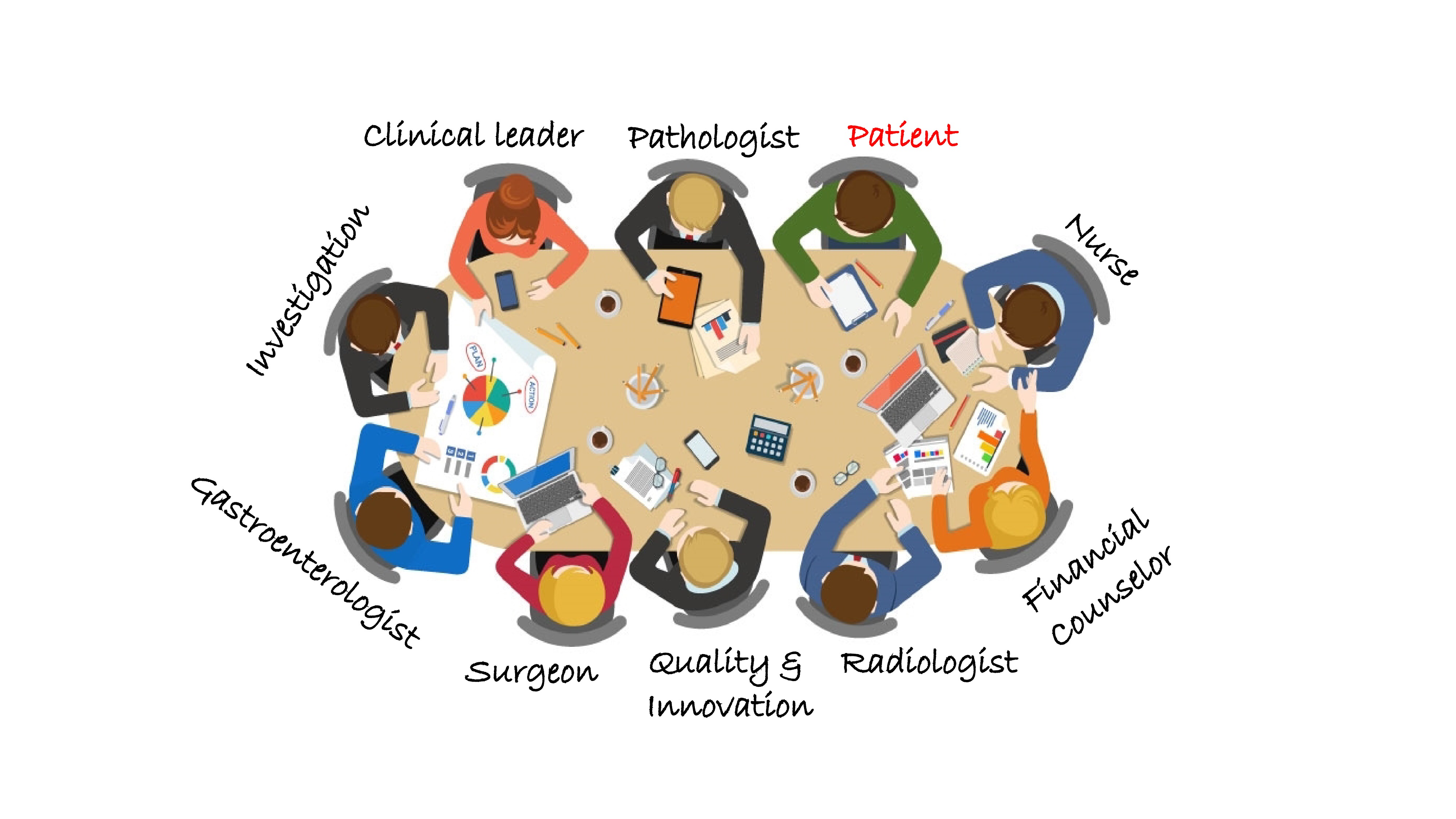P120 Developing “My quality of life” programme based on ICHOM Standard Set for IBD: 1-year results
Roa, I.(1);Merino, O.(1);Gómez Irwin, L.(1);Arosa, M.(1);García González, J.M.(2);Ituarte, R.(3);Méndez, T.Á.(4);Cortón, L.(5);Castelo, S.(6);Suárez, M.J.(1);
(1)Cruces University Hospital, Gastroenterology, Barakaldo, Spain;(2)Cruces University Hospital, General and Gastrointestinal Surgery, Barakaldo, Spain;(3)Cruces University Hospital, Radiology, Barakaldo, Spain;(4)Cruces University Hospital, Family Medicine, Barakaldo, Spain;(5)Cruces University Hospital, Emergency Medicine, Barakaldo, Spain;(6)Cruces University Hospital, Quality and Innovation, Barakaldo, Spain
Background
Inflammatory bowel diseases (IBD) are chronic relapsing diseases of unknown etiology, usually beginning at a young age. Although life expectancy of IBD patients is near to the mean of healthy population, IBD has a significantly negative impact on patients’ quality of life. Recent research has evidenced that a poorer quality of life can contribute to relapse or worsening of IBD symptoms, reduce treatment adherence and lead to poorer outcomes.
The Ezkerraldea-Enkarterri-Cruces Healthcare Organization in Spain has made a firm commitment to adopt the Value-Based Health Care (VBHC) model, which advocates for the incorporation of patient-perceived quality of life variables to the items we normally assess. The IBD Unit, in pursuit of adhering to the VBHC corporate programme, has launched on a process to analyze our health care delivery system and improve the effectiveness of our Performance Improvement Plan based on patients’ experience.
Objectives:
- To identify and systemize the incorporation of perceived quality of life variables
- To reorient medical care towards what really matters to patients
Methods
We have built a multi-disciplinary team comprised of healthcare professionals involved in IBD management (Figure 1). Patients form the core of the team’s meetings, helping in the development of User Experience (Figure 2) and Empathy Maps (Figure 3) by using Design Thinking strategies. After the detection of the obstacles faced by patients, we outlined a Process Map (Figure 4), where we critically analyzed the route followed by patients in our health-care system before reaching the IBD Unit. Subsequently, a specific route was outlined considering the set proposed for the disease by the ICHOM consortium as a reference framework. Questionnaires and surveys were designed using patient information across different areas of care, in order to guarantee the correct functioning of the route.



Results
We obtained a list of 14 improvement proposals which are currently at different levels of evaluation. In our first year, we have been able to implement important modifications which include:
- A specific remote consultation for IBD patients
- Fast track pathways
- Nutritional guidelines to assure compliance
- Shortening waiting lists
- Reduction in patient bureaucracy and paperwork
- Virtual monitorization of patients with asymptomatic disease
Conclusion
- VHBC implementation implies a transformation of the organization
- User Experience tools add a different perspective to the route design, focusing on what really matters to patients and improving their quality of life
- This change of perspective is important, especially in chronic diseases, so that patients feel less lonely with their disease and better outcomes can be obtained


